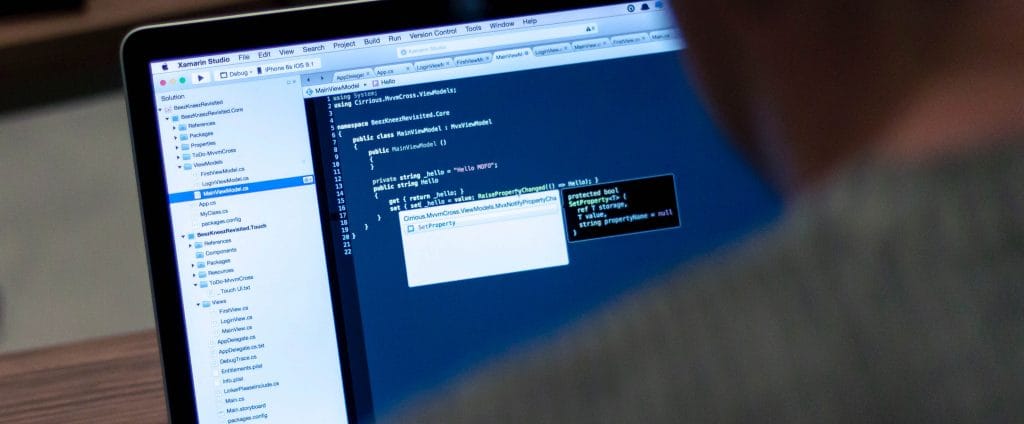Cyber Security basics for Small Businesses
October 27, 2022
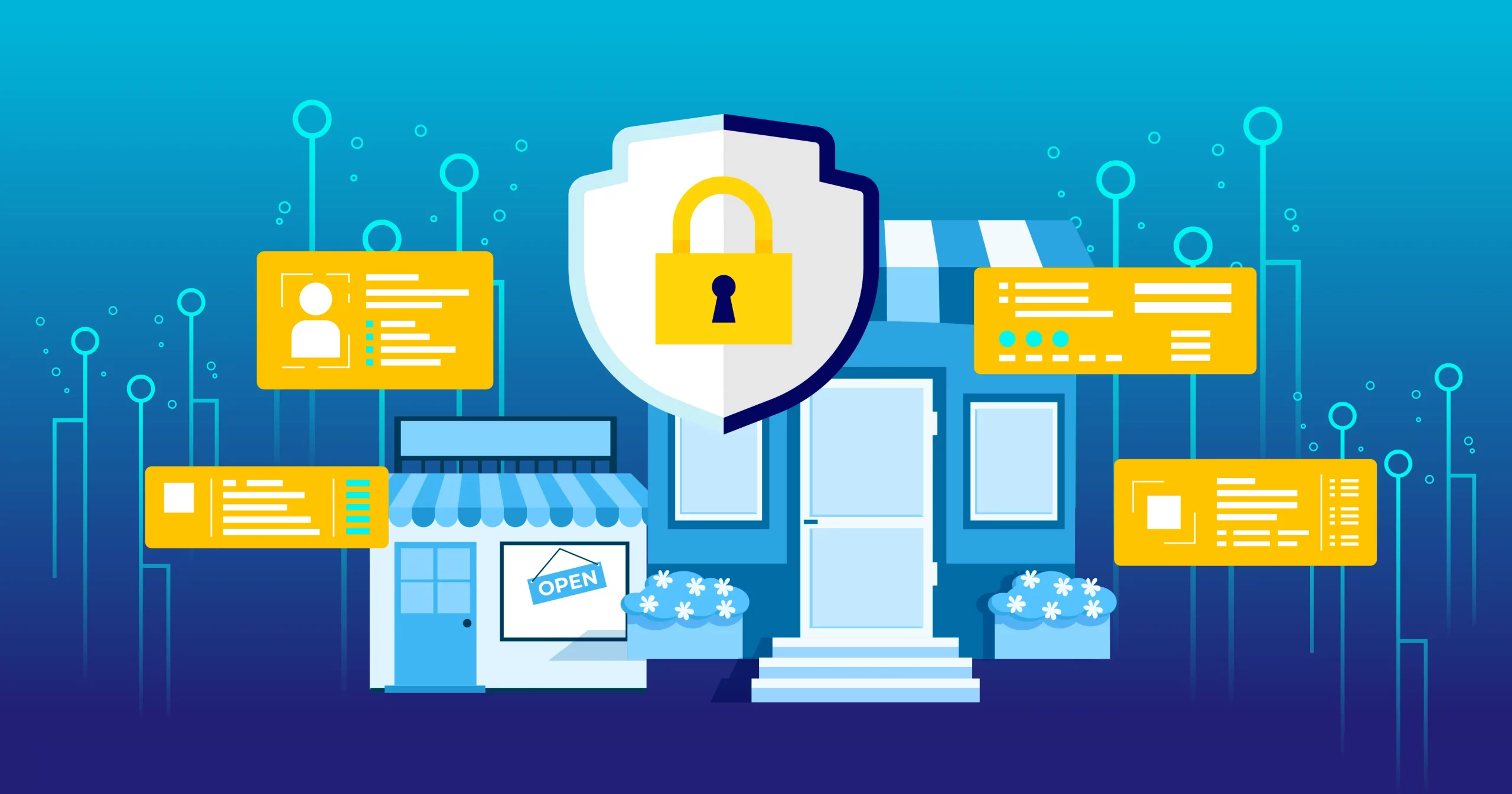
Introduction
Cybercriminals attack businesses of all sizes and their damage level are growing year after year. Earthweb’s statistics show that ransomware cost businesses, governments, and individuals $8 billion in 2018, and the cost rapidly increased to $20 billion by 2020. Despite big enterprises costing large sums for these attacks, small businesses are regular victims of cyberattacks, with 66% of all experienced at least one cyberattack yearly, and just 14% of these victims having planned countermeasures.
Knowing how cybercriminals attack your server and putting simple cybersecurity principles into practice will help you safeguard your company and lessen the danger of a cyber-attack. What can you do to defend your company against Cyber threats? What initiatives should be conducted if an attack occurs? Let’s discover the answer to these questions in this article.
How can cybercriminals attack your server?
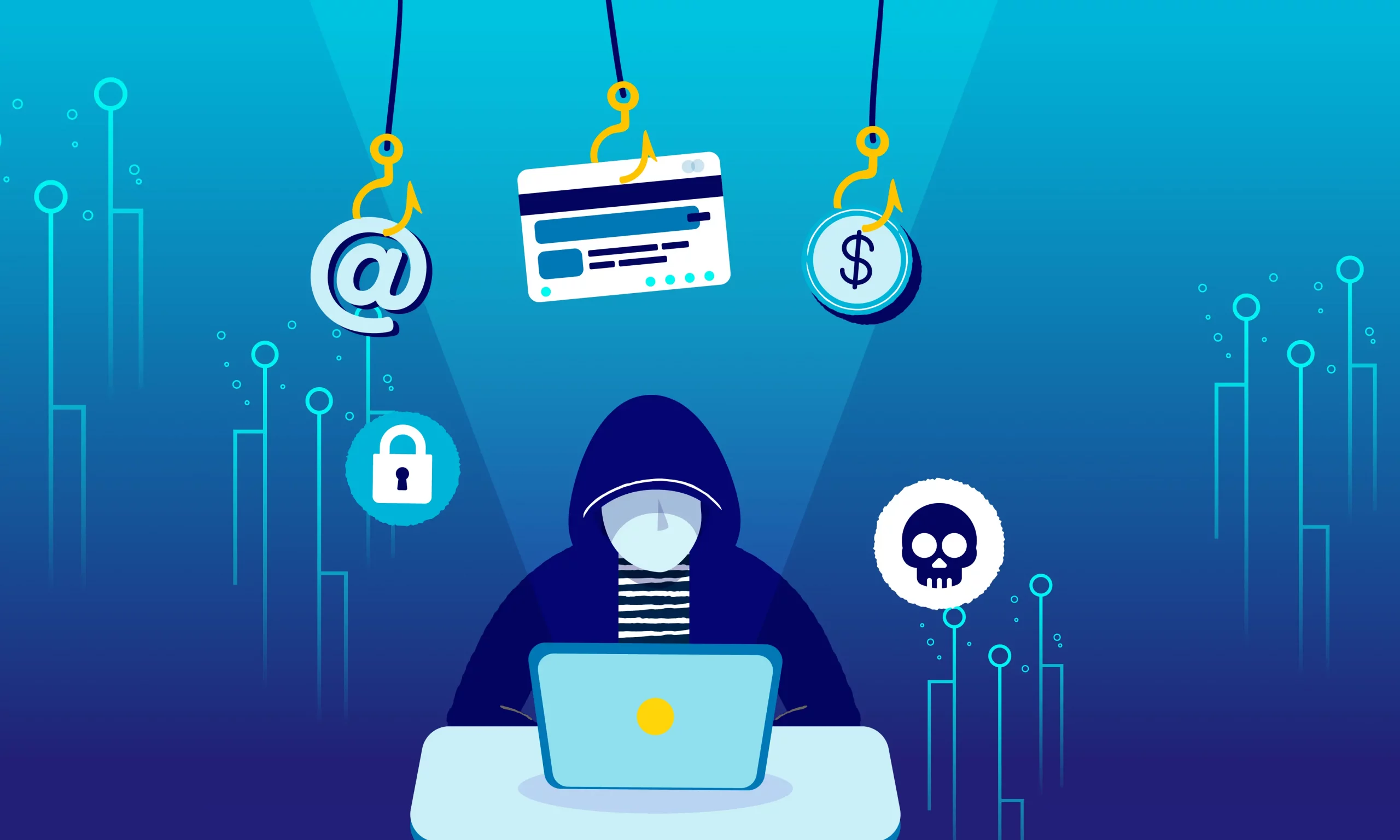
First, we need to identify the current types of cyber attacks. In general, they are classified into two types, targeted and untargeted:
- Un-targeted attacks: These include phishing, water-holing, ransomware, and scanning attacks that attempt to infect as many devices or users as possible. They don’t care about the identity of the victim since there are a great number of vulnerable computers or services.
- Targeted attacks: Aim at a single organization, such as Spear-phishing, Botnet-deploying, and Supply chain subverting. The episodes are often more damaging than un-targeted ones because it has been specifically tailored to attack your systems, processes, or personnel, in the office and sometimes at home.
Regardless of whether an attack is targeted or untargeted, cyber-attacks have many stages in common. Below are 4 stages in most cyberattacks produced by Lockheed Martin and simplified by the National Cyber Security Centre:
- Survey stage: Attackers investigate and analyze available information (on Social platforms, and domain management services) to identify vulnerabilities.
- Delivery stage: The attackers seek to get access to a vulnerability that they have uncovered. Their common actions include accessing an organization’s internet services, sending emails with a harmful code attachment, handing away infected USB sticks at a trade show, and constructing a phony website.
- Breach stage: Criminals exploit vulnerabilities to gain some form of unauthorized access. They might make changes affecting the system operation, access to online accounts, or control users’ computers, tablet, or smartphone
- Affect stage: Criminals can try to install automatic scanning programs to discover their networks further and gain control of other systems if they have administrative access to only one system. They will take great care not to trigger the system’s monitoring functions, and may even temporarily deactivate them. They may get important information, put money into their bank accounts, or even disrupt company operations by overloading internet connections or uninstalling the entire operating system.
What can companies do to defend against Cyber threats?
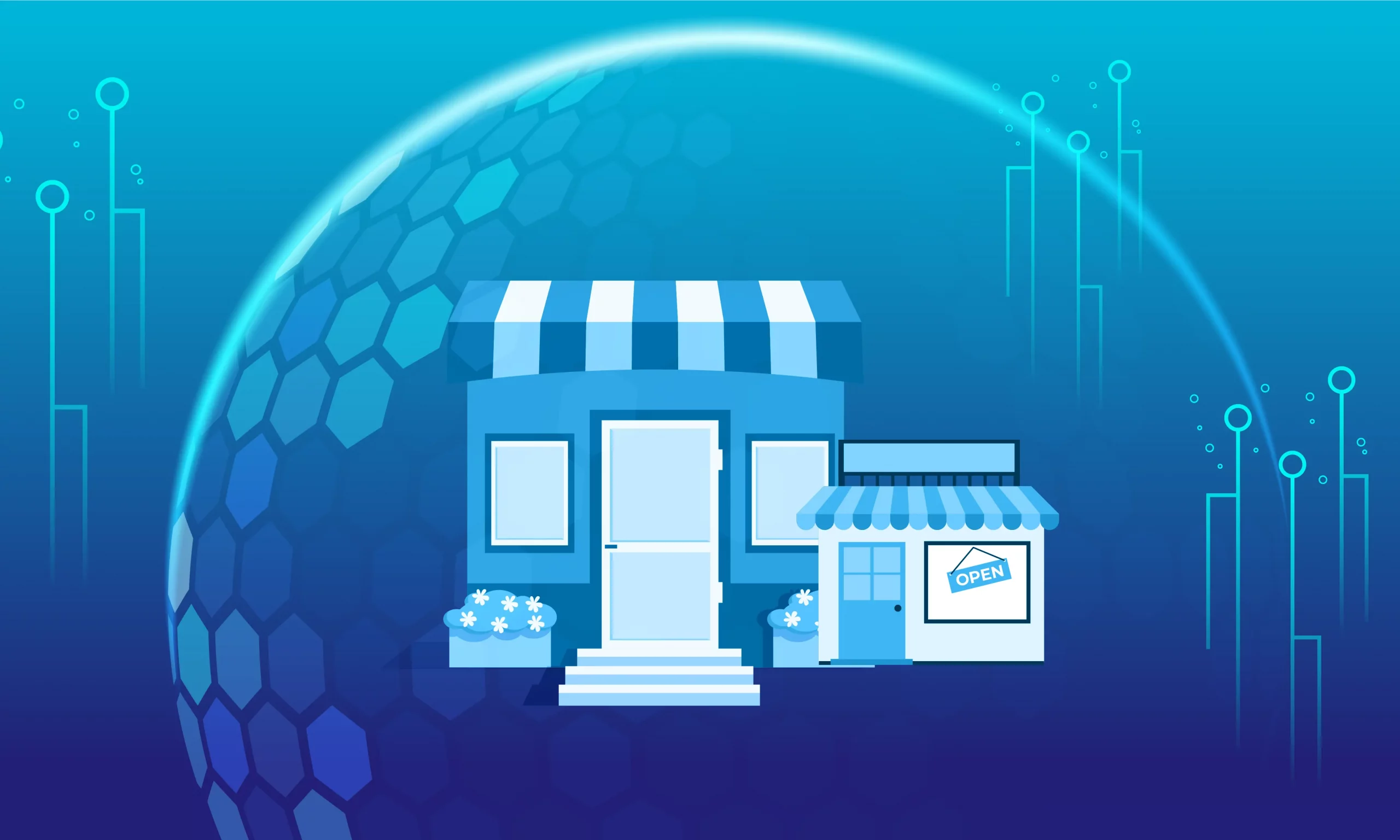
Conduct employee training
According to Info Security research, internal staff is responsible for 43% of data loss, purposely or inadvertently granting attackers access to your networks. Employee-initiated attacks can happen in a variety of situations, including the loss of a work tablet, sharing login credentials, or opening fraudulent emails that spread viruses on the network. Therefore, personnel training is required to safeguard the company’s cyberspace.
Perform Risk Assessment
Identifying and assessing potential risks might help you develop a plan to fix any security holes. Your risk assessment activities include the following:
- Investigate where and how your data is stored, as well as who has access to it.
- Determine the risk levels of prospective occurrences and how breaches may affect the firm.
Once you’ve completed this analysis and identified risks, develop and evaluate your security strategy at regular intervals and whenever you make significant changes to information storage and usage. This contributes to more extensive data protection.
Install Antivirus Software and keep updated
Antivirus software is required to safeguard all of your devices against viruses, spyware, ransomware, and phishing schemes. Verify that the software offers protection and helps clean your computers and restore them to their pre-infection state.
In addition, your software, including those used to manage your business, should be up to date. The updated versions will provide patches that fix code gaps in software that hackers could exploit.
Make regular backups
Each time a cyberattack happens, businesses might face big trouble if they fail to back up their files. Private data stored on laptops or smartphones could be compromised or lost. Therefore, you need a backup program that automatically copies your files to storage, which enables you to restore all of your files in the event of an attack. Keep in mind:
- Choosing an application that automatically backups up your data so you don’t have to remember to do it.
- Keeping backup copies offline so they don’t get encrypted or inaccessible if your machine is attacked by ransomware.
What initiatives should be conducted if an attack occurs?
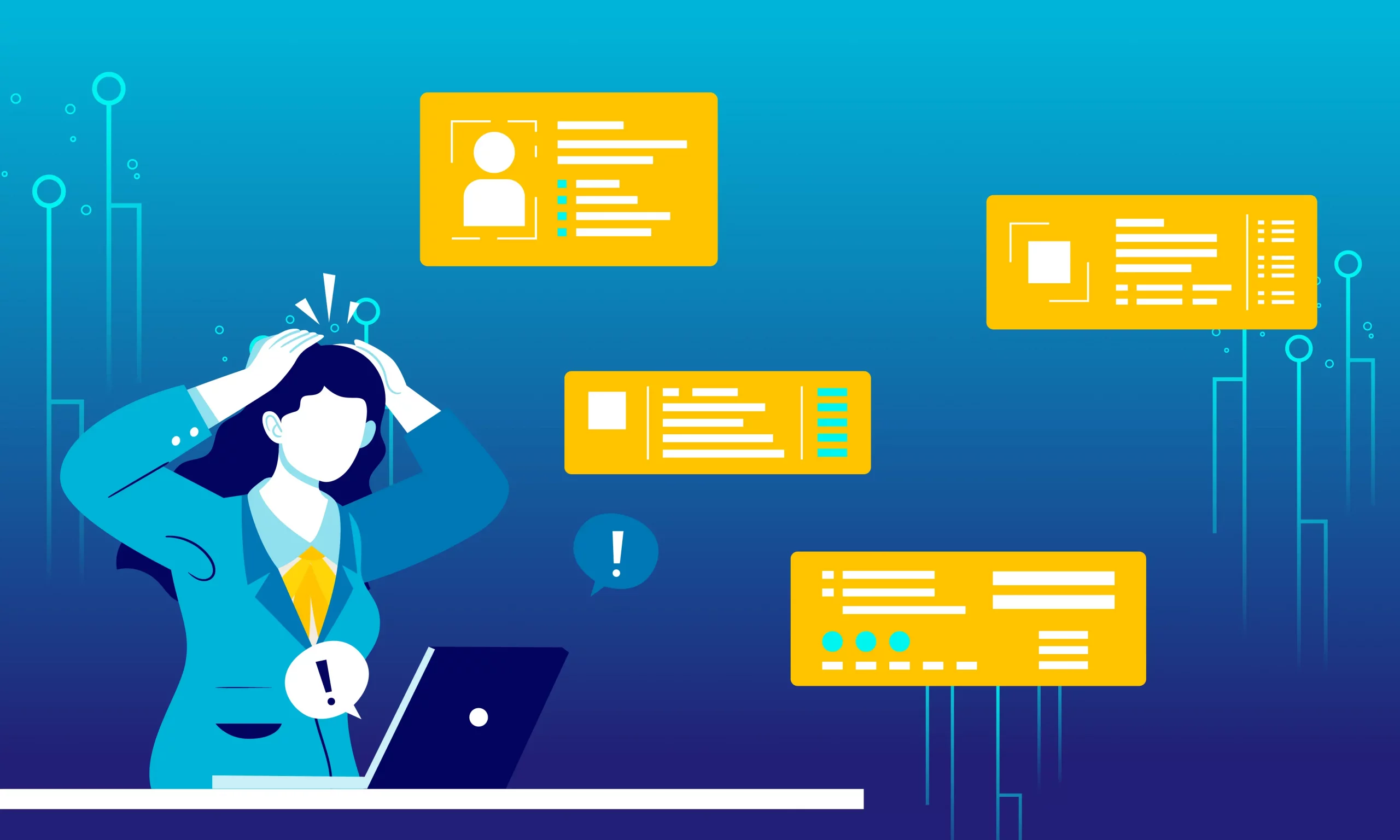
Small businesses may feel powerless when facing cyberattacks. However, strictly following The NIST Cybersecurity Framework may help secure your cyber security. In short, this is a framework developed by the National Institute of Standards and Technology (NIST), an organization in the U.S. Department of Commerce. The framework provides an outline of best practices that helps businesses understand, manage, and prevent cybersecurity risks. It may be used in five areas of your business, including:
1. Identify
First, you should make a list of used equipment, software, and data, such as computers, cellphones, tablets, and point-of-sale devices.
Next, it’s necessary to share a cybersecurity policy in the workplace that covers responsibilities for anyone having access to private data and actions to prevent or minimize attacks if they happen.
2. Protect
To keep your cyberspace safe, many actions need to be taken:
- Manage who accesses the company’s network or uses devices.
- Utilize security software to secure data.
- Encrypt sensitive data while it is at rest or in transit.
- Implement data backups regularly.
- Update security software frequently and automatically
- Document formal rules for disposing of electronic files and outdated devices safely.
- Give cybersecurity training to your employees.
3. Detect
When an attack occurs, you can detect the root cause by looking into any unusual activities on your network or by employees. Another way is to check for unauthorized users or connections on your network.
4. Respond
When responding to a cyberattack, it’s best to:
- Notify everyone (customers, employees,…) whose data are probably at risk.
- Keep your business operations still in process.
- Report to the authority enforcement about the attack.
- Update your cybersecurity standards.
- Preparing for unintentional occurrences (such as weather emergencies) that may jeopardize your data.
- Test your plan regularly
5. Recover
The NIST Cybersecurity Framework finalizes with “Recover,” in which you should repair and restore any damaged components of your network following the attack. You should also keep your staff and customers up to date on your response and recovery efforts.
Final thought
Cyber attacks are becoming more and more sophisticated and well-organized. They cause tremendous damage to not only the financial resources of businesses but also their reputation since clients’ data is compromised. Small businesses with poor cybersecurity solutions might be vulnerable and fall prey to cyber criminals. Given that, they should strictly adhere to the above initiatives to mitigate the risk.
Keep reading about
LEAVE A COMMENT
We really appreciate your interest in our ideas. Feel free to share anything that comes to your mind.
Our 16 years of achievements includes:
10M+
lines of codes
2400+
projects completed
900+
satisfied clients
16+
countries served



